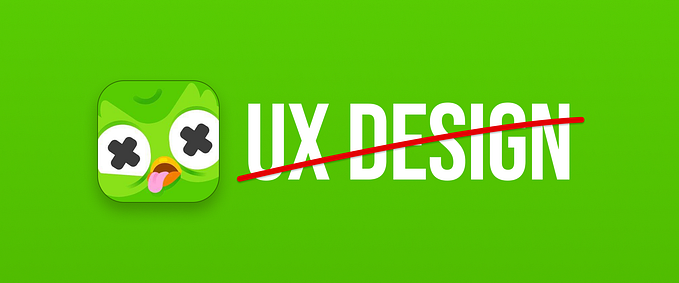Being a dyspraxic designer: why design & tech needs neurodiversity

‘Being a dyspraxic designer’ is where I share my experiences & explore how design can improve and benefit from the neurodiverse community.
It’s best to start off with a brief definition of Dyspraxia. Whenever I have to make anyone aware of my dyspraxia I’m often met with a “What is that?” Many assume it’s Dyslexia but it’s not, Dyspraxia is a different type of neurodiversity.
So in layman’s terms, Dyspraxia is a developmental coordination disorder (DCD) that impacts an individual’s ability to plan and process motor tasks amongst other things. It has many traits, with some actually being great for creative and research tasks, you’d find that many of those with the condition are motivated, unique thinkers, creative, hardworking and have a high level of empathy.
When we design products for everyone, let’s really mean everyone. 🌍
In my opinion design and dyspraxia go hand in hand, the reason for this is that often those with Dyspraxia have been found to be more empathetic & great at problem-solving.
Naturally, when you have a condition where you spend the majority of your life overcoming obstacles you would tend to get good at getting through issues.
Human-centred Design itself involves a lot of research, analysis and delving into the life of users and environments. This is where empathy is key, to really understand the user you have to put yourself in their shoes, to see what they see & try to understand their experience as much as possible to find pain points & areas for improvement.
There is a focus on accessible design now more than ever, it’s vital to cater to the perspective of those with disabilities as much as possible. Empathy is a design method that’s important to UX,
It helps designers connect authentically to user research so they can go on to gain insights that will lead to products, services, and systems that will highly benefit the users. Empathy can’t replace someone's lived experience, it’s important to have someone who has lived through those experiences and has real insight.
Your experiences really do shape you, so learn as much as you can from them. 📕
In all honesty, growing up with dyspraxia was hard and I had to overcome a lot but along the way, I have learned a great deal and have developed a sense of never giving up and constant perseverance. I found my calling within design because it felt like an area where my ability and skills can be useful. I have a deep passion to create useful and meaningful experiences that are accessible to as many people as possible. When I have and continue to experience products, systems and services that I struggle to use it only encourages me to continue to push for better accessible design.
Diverse teams make the most well-rounded products, it’s a no brainer. 💡
I do feel that in general the design and tech industries still could do better with understanding those that are neurodiverse. Many traits of those from the ND community can provide better insights & direction when it comes to creating especially in the area of accessibility.
Often with many startups accessibility isn’t a priority as perhaps there isn’t as much of a budget or even time. Therefore it really is up to bigger companies and organisations to push for more change and lead the way in showing how better it is for business as well as the users themselves when products, systems and services are accessible.
That being said there are many resources that give guidance for improving accessibility. My personal favourite is the transformation of the Gov.uk web design & service. When they pivoted and really honed in on making the service accessible to all they became a leading example. The GDS are very transparent with their accessibility guidelines and share it which makes it a great resource for all.
My current top 5 Accessible design resources 💯:
- https://www.gov.uk/guidance/government-design-principles
- http://colorsafe.co/
- https://webaim.org/blog/wcag-2-0-and-link-colors/
- https://www.uxwithnita.com/blog/give-users-break-in-case-of-emergency-features
- https://material.io/design/usability/accessibility.html
Hope you enjoyed reading!
Feel free to connect with me on Twitter @radeyah_png







